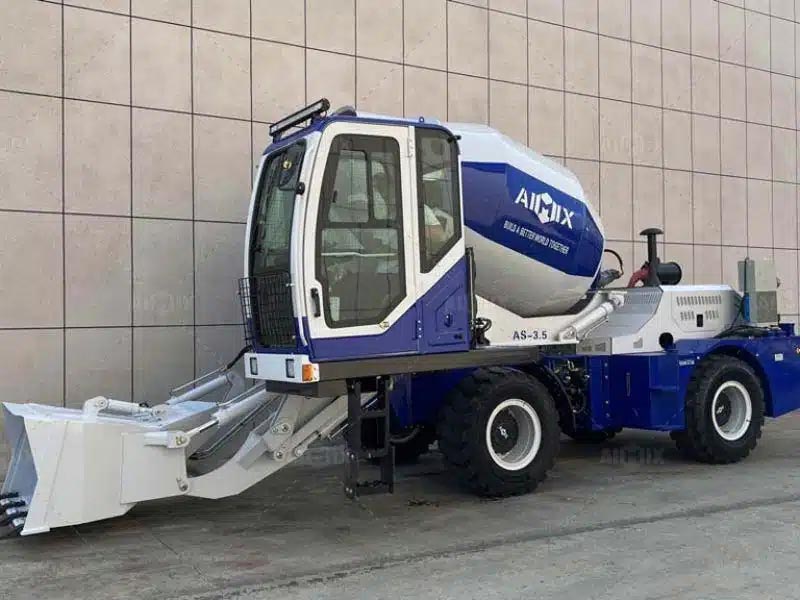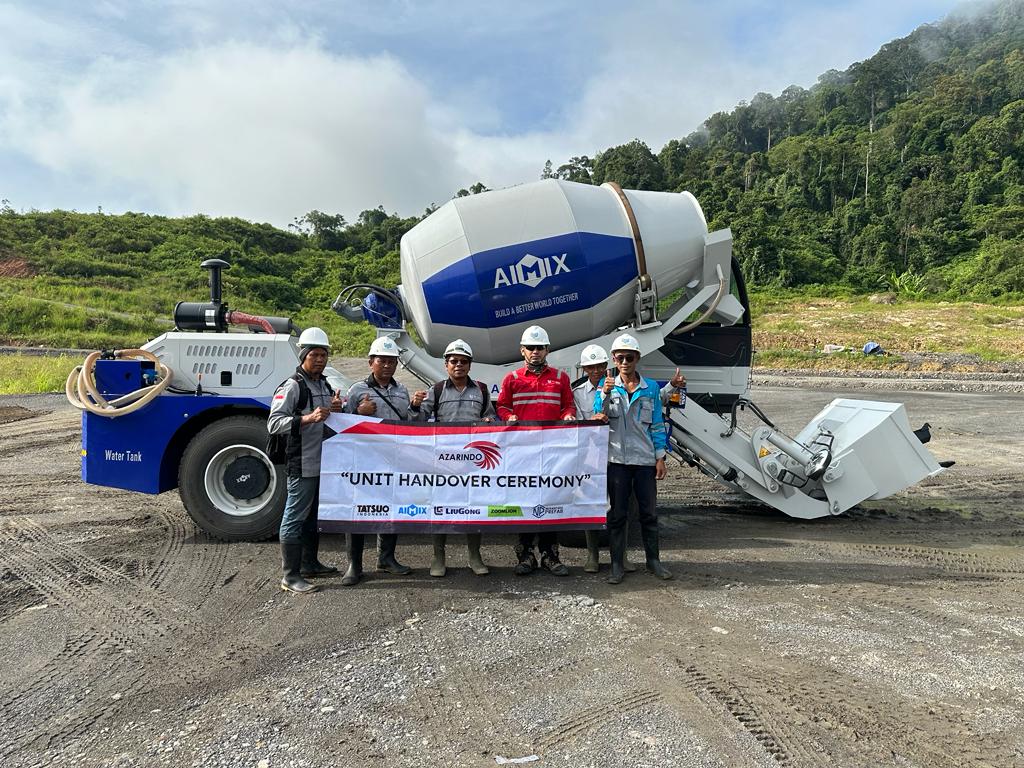Investing in construction machinery is a critical decision that can significantly impact the efficiency and profitability of a project. In Indonesia, the use of self-loading concrete mixers with pumps has gained popularity due to their versatility and cost-effectiveness. Understanding the return on investment (ROI) for this equipment is essential for construction businesses aiming to optimize their operations and achieve financial success. This article delves into the factors influencing ROI and provides insights into calculating it effectively.
Key Factors Influencing ROI
Initial Investment and Operational Costs
The initial investment in a self-loading concrete mixer with a pump includes the purchase price, import duties, taxes, and transportation costs. These expenses can vary significantly depending on the brand, model, and features of the concrete self loading mixer. Additionally, operational costs such as fuel, maintenance, and labor must be considered. High-quality machines may have a higher upfront cost but offer better durability and efficiency, leading to lower long-term operational expenses.
Moreover, operational efficiency directly impacts ROI. Machines that require less fuel and maintenance reduce operational costs. For instance, models with advanced fuel-saving technologies and self-diagnostic features can minimize downtime and enhance productivity. Regular maintenance and timely repairs also play a crucial role in maintaining operational efficiency and extending the lifespan of the equipment, further improving ROI.

Productivity and Utilization Rates
The productivity of a self-loading concrete mixer with a pump is measured by its concrete output per hour and the quality of the mix. High productivity rates ensure that construction projects progress smoothly and on schedule. Utilizing the equipment to its full capacity maximizes ROI. This means planning projects efficiently and ensuring the machine is in use for a significant portion of its operational lifespan.
Additionally, the versatility of self-loading concrete mixers with pumps contributes to higher utilization rates. These machines can operate in various construction scenarios, from small residential projects to large infrastructure developments. Their ability to produce consistent, high-quality concrete on-site reduces reliance on external suppliers and enhances overall project efficiency. Consequently, higher utilization rates lead to a faster return on the initial investment.
Project Scale and Duration
The scale and duration of construction projects are pivotal in determining the ROI of self-loading concrete mixer with pump. Large-scale projects with extended timelines offer more opportunities to utilize the equipment, thereby spreading the initial investment over a longer period and increasing profitability. In contrast, short-term projects may require careful planning to ensure the equipment is used effectively within the limited timeframe.
Furthermore, the geographical distribution of projects influences ROI. In regions with a high concentration of construction activities, the demand for concrete mixers is higher, leading to better utilization rates and faster ROI. In Indonesia, urban areas with rapid infrastructure development present ideal conditions for deploying self-loading concrete mixers with pumps. Understanding the local market dynamics and project requirements can help construction businesses make informed decisions and optimize their investments.

Calculating ROI
Formula and Methodology
Calculating the ROI for a self-loading concrete mixer with a pump involves determining the net profit generated by the equipment and comparing it to the initial investment. The basic formula for ROI is:
ROI (%) = [(Net Profit / Initial Investment) * 100]
To apply this formula, first calculate the total revenue generated by the equipment during its operational lifespan. This includes the value of concrete produced, savings from reduced reliance on external suppliers, and any additional income from renting out the equipment. Next, subtract the total operational costs, including fuel, maintenance, labor, and any other expenses, from the total revenue to determine the net profit.
Real-world Example
Consider a construction company in Indonesia that purchases a self-loading concrete mixer with a pump for $100,000. Over five years, the self loading transit concrete mixer produces concrete worth $500,000, with operational costs totaling $200,000. The net profit would be:
Net Profit = $500,000 – $200,000 = $300,000
Using the ROI formula:
ROI (%) = [($300,000 / $100,000) * 100] = 300%
This example illustrates a substantial return on investment, demonstrating the financial benefits of investing in self-loading concrete mixers with pumps.
Maximizing ROI
To maximize ROI, construction businesses should focus on selecting high-quality equipment that offers durability and efficiency. Regular maintenance, effective project planning, and strategic deployment of the machinery can further enhance profitability. Additionally, staying informed about technological advancements and market trends can help businesses make proactive decisions and optimize their investments. If you choose AIMIX equipment to start business, we will help you maximize the ROI, contact us through this page: https://concretemixerwithpump.com/self-loading-concrete-mixer-indonesia/.
Understanding the return on investment for self-loading concrete mixers with pumps is crucial for construction businesses aiming to enhance their operational efficiency and profitability. By considering factors such as initial investment, operational costs, productivity, and project scale, companies can make informed decisions and achieve significant financial benefits. In the dynamic construction landscape of Indonesia, strategic investment in advanced machinery can drive long-term success and growth.
